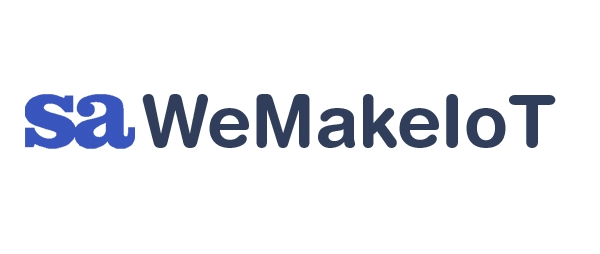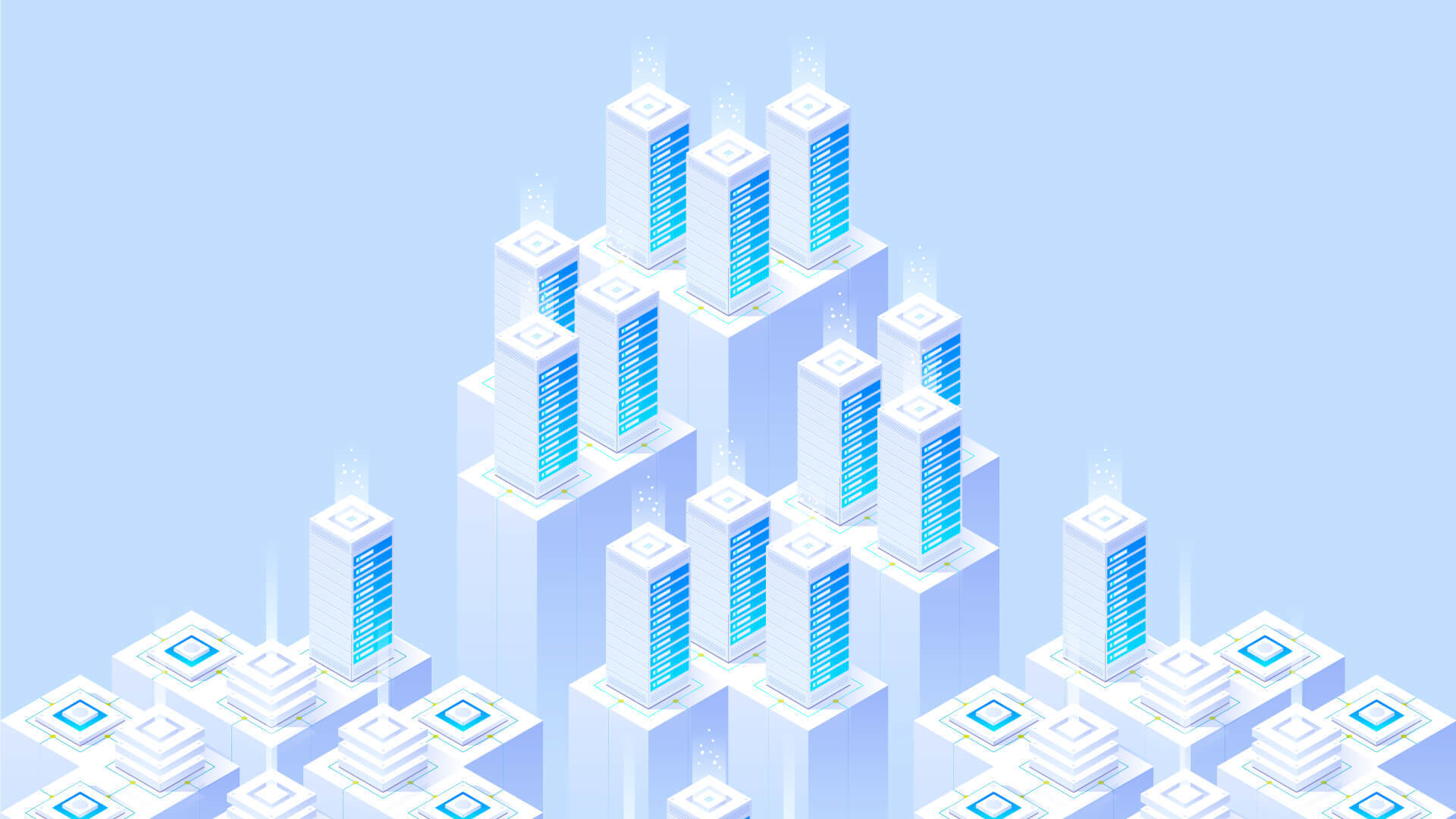One popular LoRaWAN gateway we have used is the Dragino LPS8 LoRaWAN gateway. LoRaWAN gateway has the primary purpose of bridging between LoRa and the internet. LPS8 supports both Wi-Fi and ethernet. The data from LoRa end nodes can be picked up by the gateway antenna and with the help of the concentrator and packet forwarder, it can be forwarded to the LoRaWAN Network Server (LNS). The same applies for communication from server to the end device – it will be transmitted via antenna and picked up by the device.
LoRaWAN has different regional differences in the frequencies used, data rates allowed etc. LPS8 antenna is available for different regions. It is fully LoRaWAN compliant with support for 8 channels unlike some single channel and dual channel models from Dragino.
We can connect to LPS8 via ethernet or Wi-Fi. In case of wifi we will have to set up the wifi SSID and password in the interface after connecting via ethernet cable to fallback IP or using the LPS8 as access point. The manual is very useful and provides detailed steps for each of the methods. Dragino provides updated firmwares and it now supports connecting to various LoRaWAN Network Server (LNS) like The Things Network (TTN), Chirpstack, AWS, LORIOT and so on by configuration through web User Interface (UI). Dragino LPS8 can also be converted to a data-only Helium Hotspot.
For LoRaWAN end nodes using ABP mode for activation, LPS8 can decrypt the LoRa data given ABP credentials and forward using MQTT/TCP to 3rd party servers if configured. This can be useful for debugging purposes when a LoRaWAN server is not yet ready.
One of the biggest advantages of using LPS8 is that it is open source. Its firmware is based on OpenWrt and the source is available on Github. It allows us to modify web UI, change ports, set defaults etc and ship that firmware. OpenWrt means we have a host of packages to install from allowing us to build companion applications.
One of our clients had a specific requirement to restrict changes to certain gateway settings by their customers. We successfully customised the Dragino UI to allow only specific user editable settings and restricted any changes to the other default setting. This helped our clients to ensure the default settings are untouched and also helped their customers to have a simplified UI.
To know more about LoRaWAN, checkout this blog:
https://www.wemakeiot.com/lorawan-a-promising-technology-for-iot/
Click here ‘https://www.wemakeiot.com/category/lora/ ‘ to checkout other blogs on LoRa



